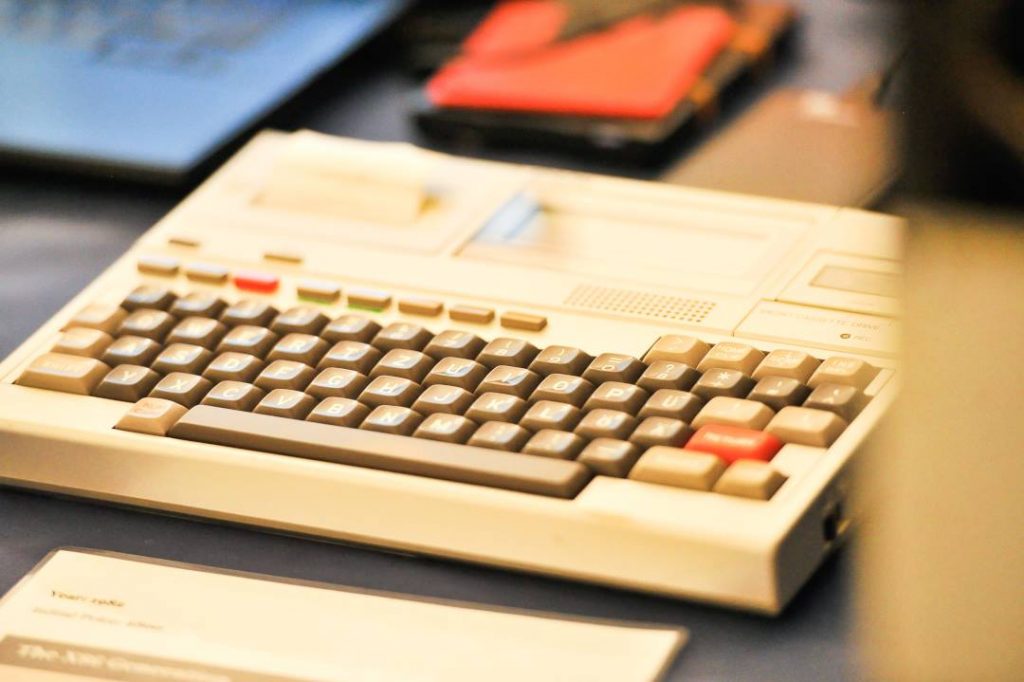YEAR: 1982
INITIAL PRICE: $800, $2,138 in 2020
The HX-20 revolutionised computing in the early 80’s. Arguably the first notebook, it was definitely the first truly portable system at a reasonable price. It was preceded by a series of sewing-machine-cased, mains-powered luggables such as the Osborne 1 and Kaypro, weighing as much as 12kg and barely fitting under an airplane seat (quoting the ads). More compact developments followed, some of which came close to the notion of a modern laptop (notably the GRiD Compass), but were out of the reach of consumers due to high cost and primarily used in government installations. Epson made numerous ads to reach for the consumers but just a few could afford it.

Epson stunned the world when it unveiled this baby in 1982. Though not without its faults and limited in some ways, the HX-20 was nothing short of a revelation, and paved the way for computing on the go for the masses. It was the first in a series of pioneering laptops Epson would release in the course of the 80’s.

In his review of the HX-20 in march 1983, David Ahl of Creative Computing had this to say:
“The HX-20 is a quantum leap forward in putting the power and capability of a full computer in a compact package. … For working on a plane, train, or away from the office the HX-20 is unrivalled. How often have I dreamed of having a spreadsheet or word processing computer with me on cross country or transatlantic plane trips! It would seem that the HX-20 is the answer to these dreams.”
| CPU | 2 × Hitachi 6301 (master/slave) at 0.614 MHz |
| RAM | 16K (up to 32K with H20EU expansion unit) |
| ROM |
32K with Epson-Microsoft BASIC and
system monitor, Internal socket for additional 8K, Up to 32K in optional H20RC cartridge |
| Display |
120×32 monochrome LCD 20×4 text mode 128×64 (4 colours), 128×96 (monochrome) graphics with optional H00DC-IA external display adaptor |
| Audio | Piezo beeper |
| I/O |
Cassette in/out/remote, Barcode reader (!), RS-232C serial via 8-pin DIN socket (up to 4800 bps), RS-232C serial via 5-pin DIN socket (up to 38400 bps), Built-in 24 column dot matrix miniprinter (17 cps), Slot for optional ROM or microdatasette cartridge |
| Storage |
Optional built-in microcassette or
external tape drive (1300 bps), Optional TF-20 disk drive (320 kb) |
| Keyboard | Full stroke upper/lower case with autorepeat |
| Operating system | Proprietary, disk operating system residing in ROM on TF-20 disk drive |
| Power Source |
4× Sub-C NiCd 1.2V 6V AC adaptor/charger |
| Rarity | Common |
| Verdict | The granddaddy of all notebooks! |
